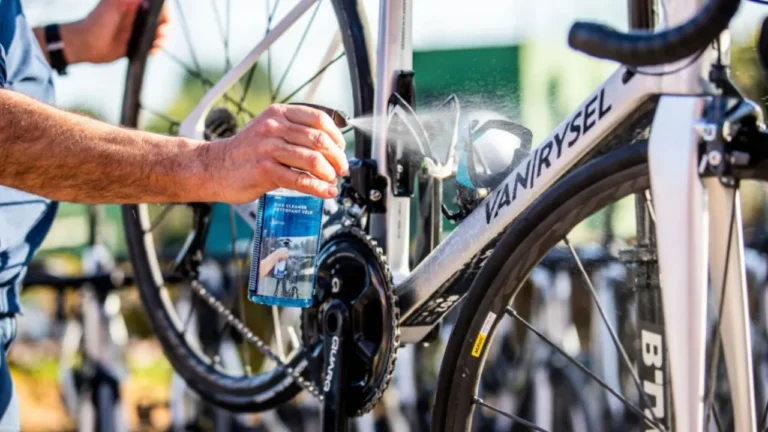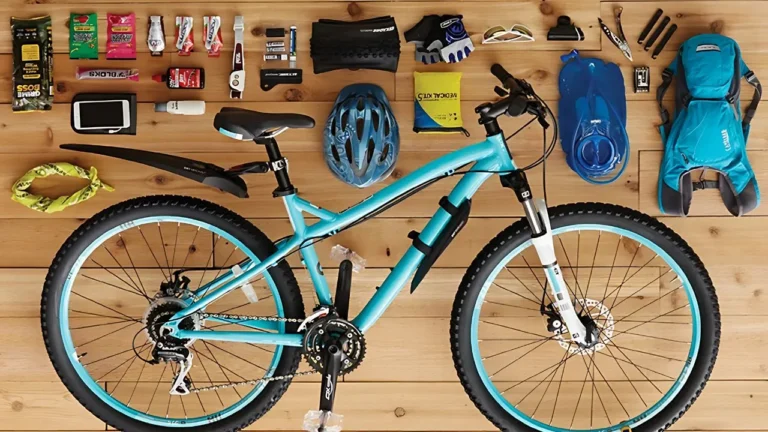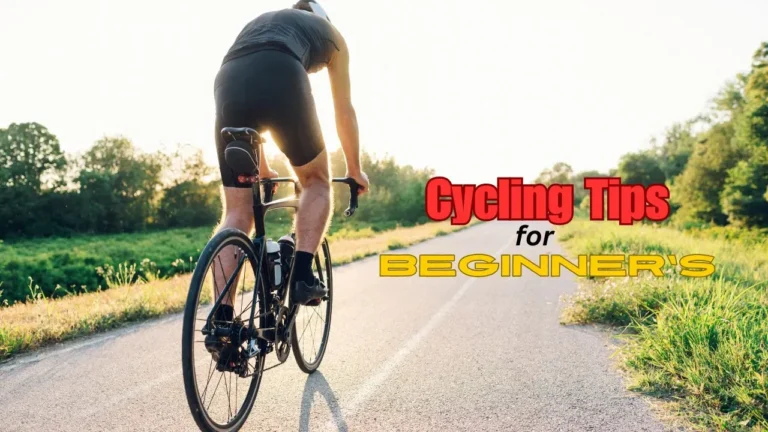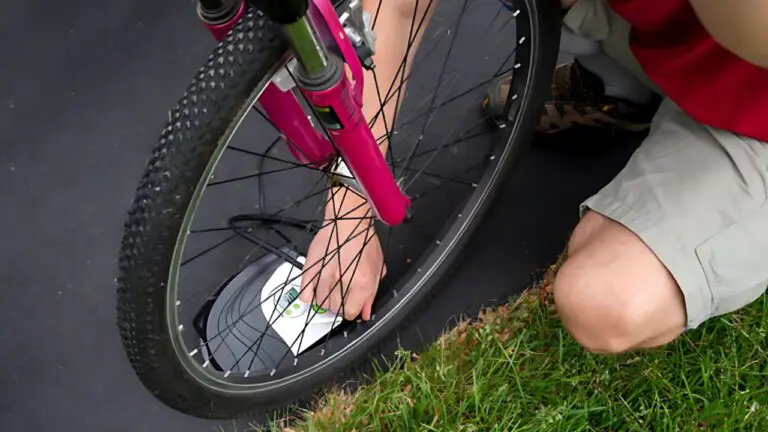How to Choose the Right Bike Helmet: A Complete Guide
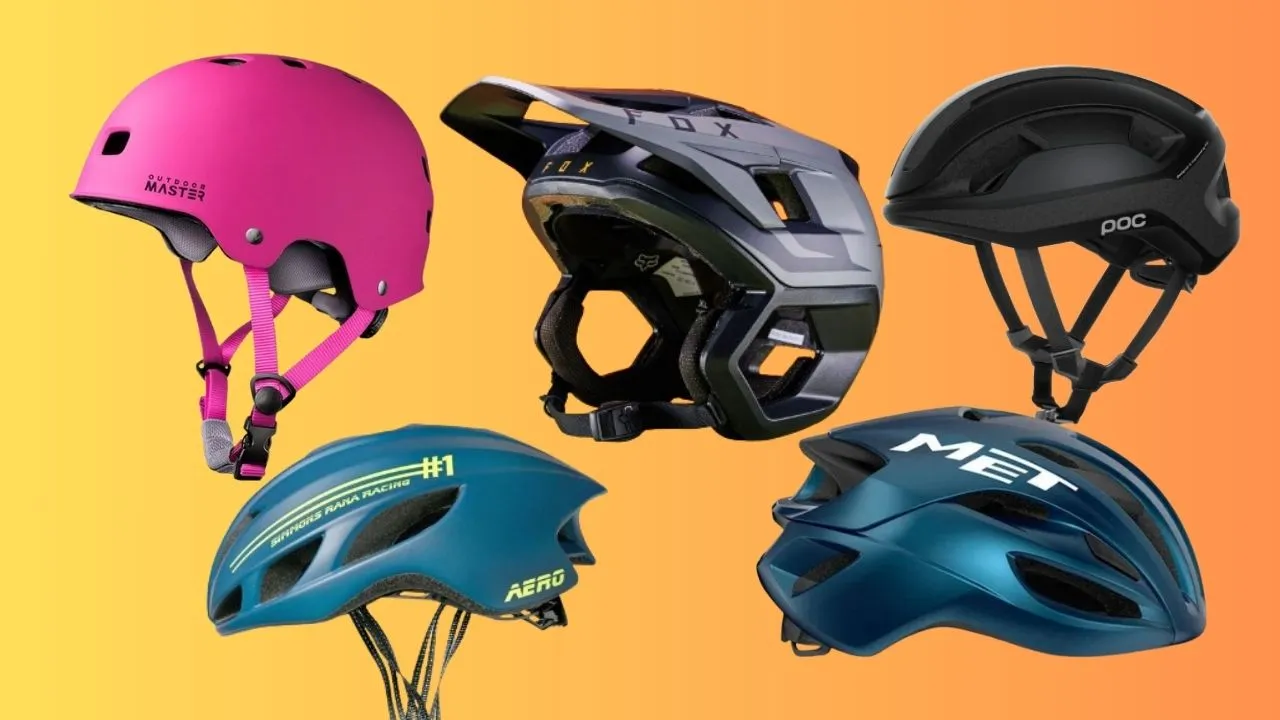
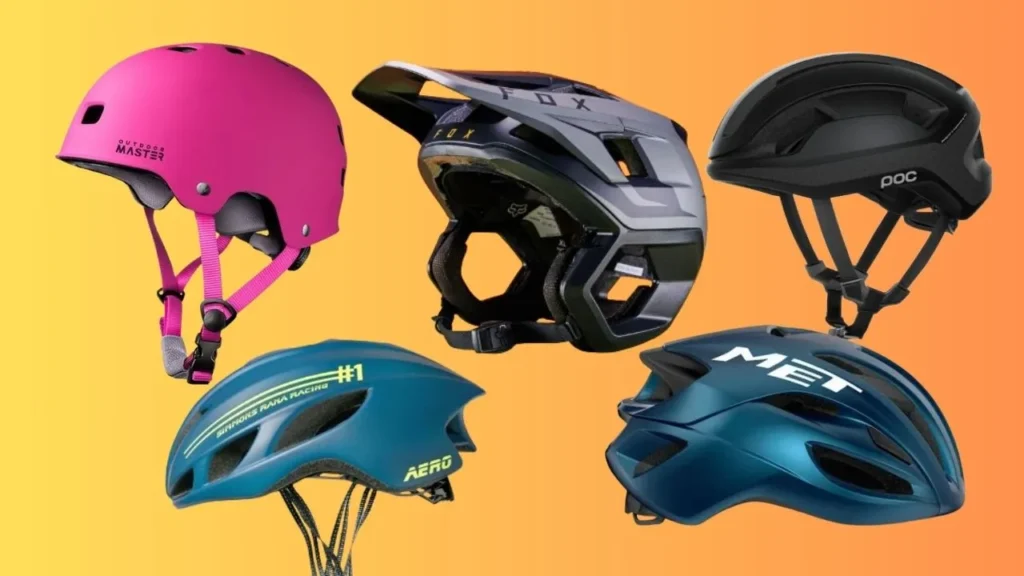
Choosing the right bike helmet is crucial for your safety while cycling. Whether you’re commuting, road cycling, mountain biking, or taking casual rides, wearing a helmet that fits properly and meets safety standards can reduce the risk of serious head injuries. But with so many options on the market, picking the right one can be confusing.
This guide will help you understand the key factors to consider when choosing a bike helmet, ensuring that you select the one that offers the best protection, comfort, and style for your needs.
1. Understand Helmet Types
Different types of helmets are designed for different styles of cycling. It’s important to pick a helmet that matches the kind of riding you do most often.
a) Road Helmets
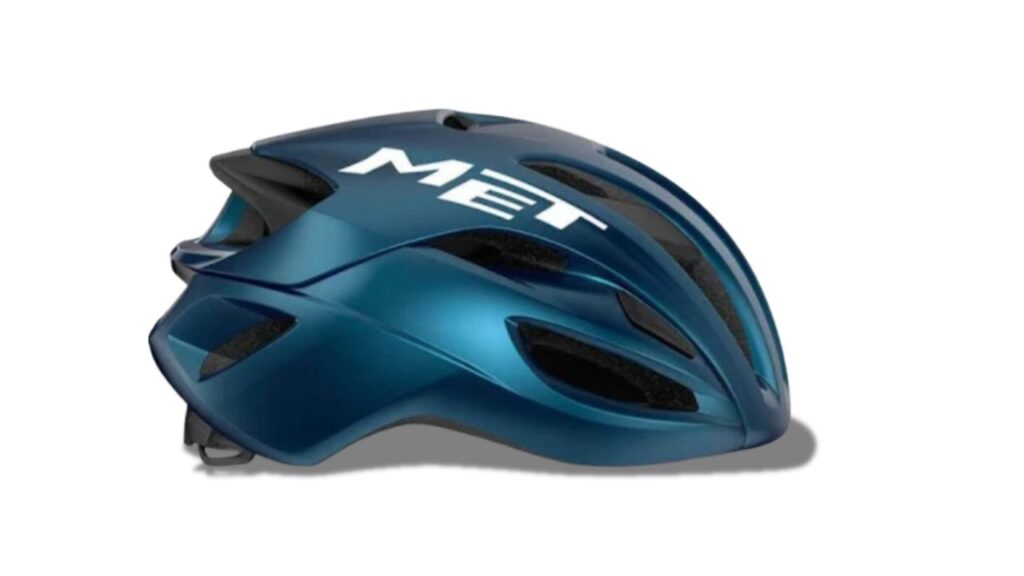
- Designed for: Road cycling, racing, and commuting.
- Features: Lightweight with a streamlined design to minimize air resistance. They usually have lots of vents for airflow and are made for speed.
b) Mountain Bike Helmets
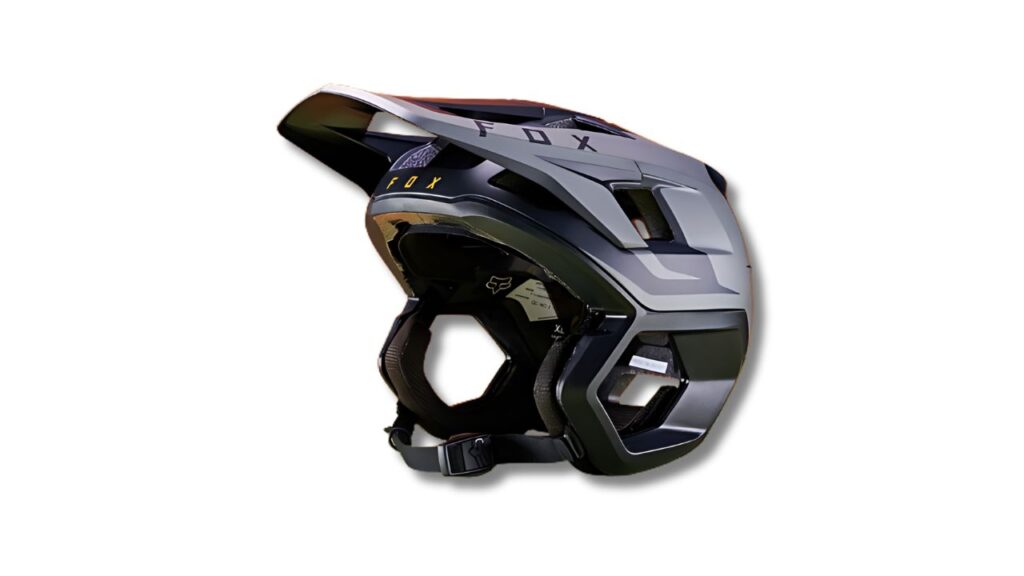
- Designed for: Mountain biking and off-road riding.
- Features: More coverage, especially at the back of the head. They often come with a visor to block sunlight and protect from branches or debris on the trail.
c) Commuter Helmets

- Designed for: Daily commuting and urban riding.
- Features: Simple, practical, and often include features like built-in lights or reflective elements for better visibility in traffic. Usually a bit heavier than road helmets but focused on durability.
d) BMX/Skate Helmets
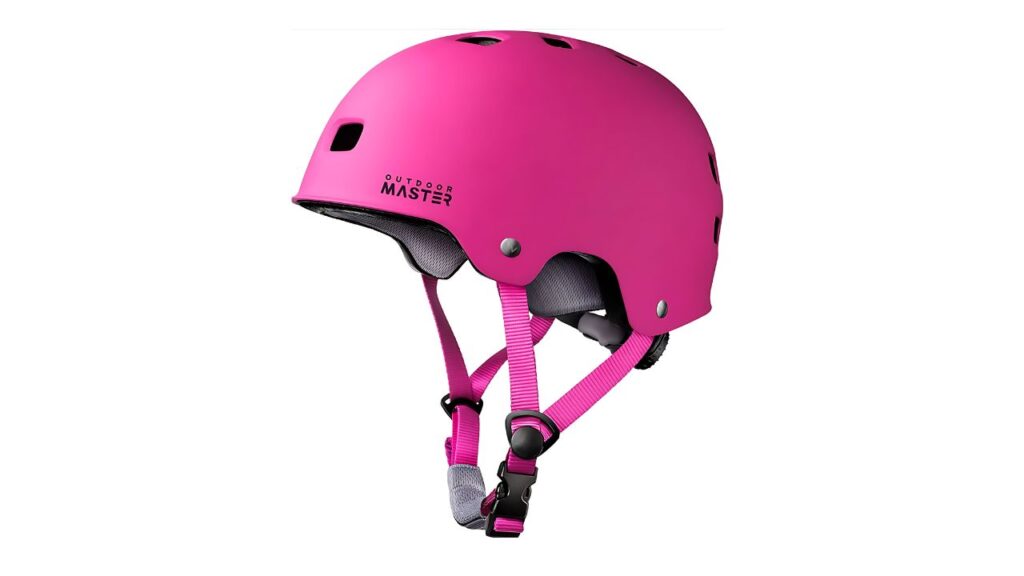
- Designed for: BMX biking or skateboarding.
- Features: Rounder shape with less ventilation but offers full coverage of the head for protection during tricks and stunts.
e) Aero Helmets

- Designed for: Time trials and triathlons.
- Features: Very aerodynamic, with fewer vents and a more compact design to minimize drag. They’re perfect for performance cyclists but not ideal for long rides due to lower ventilation.
2. Ensure Proper Fit
A helmet won’t protect you properly if it doesn’t fit right. A good fit is snug but comfortable and covers the forehead without obstructing your vision.
Steps to Ensure a Good Fit:
- Measure Your Head: Use a flexible tape measure to find the circumference of your head, just above your eyebrows and ears. Most helmets come in small, medium, and large sizes, with specific measurements indicated on the packaging.
- Adjust the Retention System: Most modern helmets come with a rear adjustment dial that tightens or loosens the helmet’s fit around your head. Adjust it so that the helmet is snug but not too tight.
- Position the Helmet Correctly: The helmet should sit level on your head, covering most of your forehead. It shouldn’t tilt backward or forward.
- Adjust the Straps: The side straps should form a “V” shape just below your ears. The chin strap should be snug enough that only two fingers can fit between the strap and your chin.
Pro Tip:
Try the helmet on before purchasing, if possible. Shake your head side to side and up and down. The helmet should stay in place and feel secure without wobbling.
3. Check for Safety Certification
When choosing a helmet, always check if it meets recognized safety standards. This ensures the helmet has been tested for crash protection and durability.
Common Certifications:
- CPSC: Consumer Product Safety Commission (mandatory in the USA).
- CE EN 1078: European safety standard for helmets.
- ASTM F1447: Another common US-based standard.
- Snell B90/B95: More rigorous testing standards used by the Snell Foundation.
A helmet that meets these standards will have a certification sticker on the inside or on the packaging.
4. Consider Helmet Features
Modern helmets come with a variety of features to enhance safety, comfort, and style. Depending on your needs, some of these features may be worth the extra investment.
Key Features to Look For:
- MIPS Technology (Multi-directional Impact Protection System): MIPS helmets have an extra layer inside that helps reduce rotational forces on the brain during certain types of impacts. This can add extra protection in the event of a crash.
- Ventilation: More vents generally mean better airflow, keeping your head cool on long rides. However, helmets with more vents may offer slightly less protection due to less material.
- Visors: Some helmets, especially mountain bike and commuter helmets, come with visors to block sunlight or protect your eyes from rain. These can often be removable.
- Built-in lights or reflectors: Some commuter helmets come with built-in LED lights or reflective strips, increasing your visibility on the road.
- Padding: Look for helmets with removable, washable padding. This helps keep the helmet clean and comfortable for longer.
Pro Tip:
If you frequently cycle in both urban and off-road environments, consider a versatile helmet that includes features like a removable visor and reflective elements.
5. Prioritize Comfort
A helmet’s comfort can make or break your cycling experience, especially on long rides. Here are some factors to consider for ensuring maximum comfort:
- Weight: Lightweight helmets reduce strain on your neck and shoulders, making them ideal for long rides.
- Adjustability: Look for a helmet with a good retention system, usually a rear dial, that allows you to fine-tune the fit.
- Padding: Well-padded helmets provide cushioning against bumps, and some even come with anti-microbial padding to reduce sweat and odor buildup.
- Ventilation: If you tend to ride in warm weather, prioritize helmets with more vents for better airflow and cooling.
6. Set a Budget
Bike helmets come in a wide range of prices, from budget-friendly options to high-end models packed with advanced features. Your budget will depend on your cycling needs and how often you plan to use the helmet.
General Price Ranges:
- Budget helmets ($20-$50): These helmets meet basic safety standards but may not have many additional features like MIPS or advanced ventilation.
- Mid-range helmets ($50-$150): These helmets usually offer better fit adjustments, more ventilation, and sometimes MIPS technology for extra safety.
- High-end helmets ($150+): High-performance helmets, designed for racers and long-distance cyclists, are lightweight, highly ventilated, and often include cutting-edge safety features like MIPS and aero designs.
Pro Tip:
If you’re a casual rider, a mid-range helmet will typically provide the best balance of safety, comfort, and affordability. Serious cyclists or racers might benefit from investing in a high-end helmet for enhanced performance.
7. Replace Your Helmet After a Crash
Even if your helmet looks fine after a crash, it’s critical to replace it. Helmets are designed to absorb the impact of one crash, and even minor damage can reduce their protective capabilities.
Additionally, helmets should be replaced every 3-5 years, as the materials degrade over time, reducing their effectiveness.
8. Style and Color
While safety and fit should always come first, the style and color of your helmet can also influence your choice. Brightly colored helmets or those with reflective elements make you more visible to motorists, especially in low-light conditions.
Pro Tip:
Choose a color that stands out, especially if you often ride in urban areas or during dusk and dawn when visibility is reduced.
Final Thoughts
Choosing the right bike helmet involves balancing safety, comfort, and style to fit your cycling needs. Prioritize proper fit and certification, and then consider additional features like MIPS technology, ventilation, and comfort elements to enhance your riding experience. By investing in a quality helmet, you’re not just protecting your head—you’re also investing in peace of mind every time you hit the road or trail.
Stay safe, ride smart, and enjoy the ride!
More from Let’s Read News:

